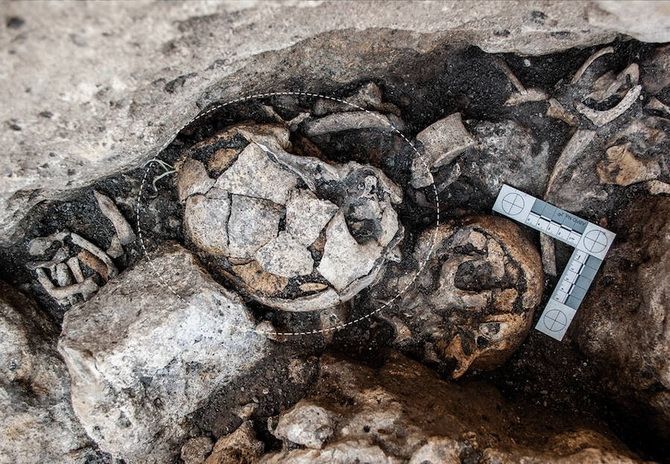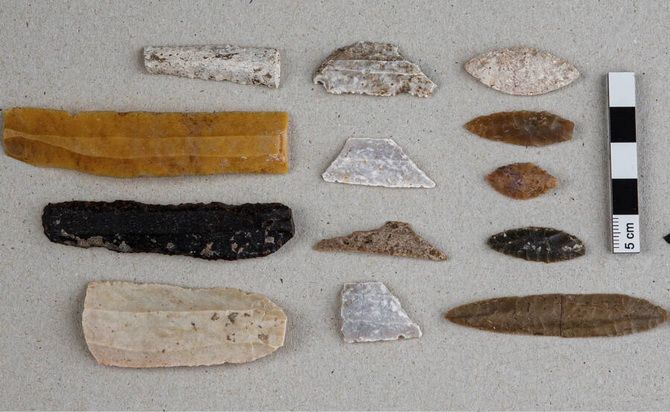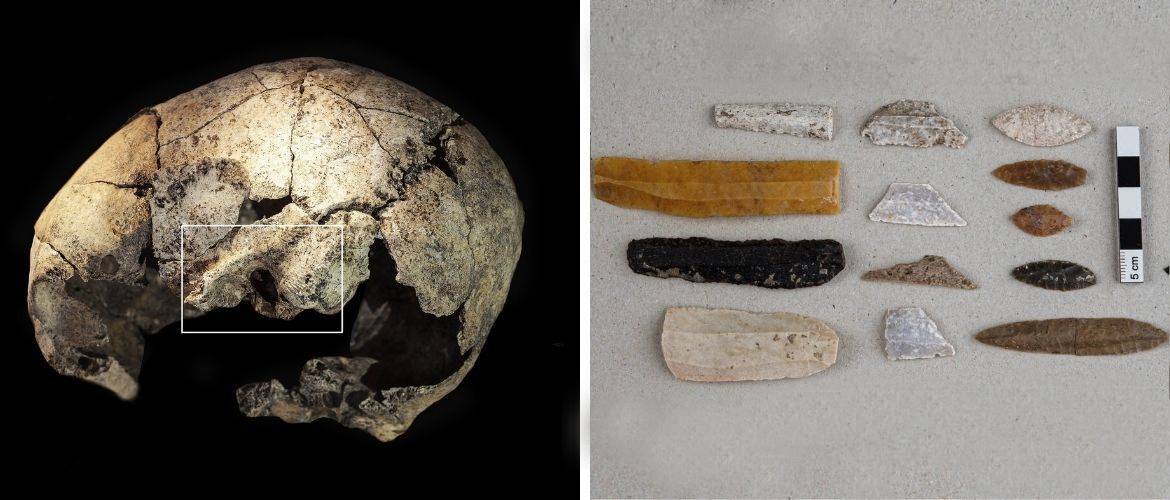In 2016, archaeologists excavated the El Pendon dolmen and found more than 100 human remains there. The excavation site is located in the Spanish province of Burgos and is an extensive single-chamber, multi-stage tomb. It has been used in funeral rituals as far back as the fourth millennium BC. In 2018, while examining the remains, archaeologists discovered a 5,300-year-old skull that holds evidence of the earliest ear surgery in human history.

It belonged to a woman between the ages of 35 and 50. Notable was the presence of two perforations on each side of the skull around the ear. This indicates a surgical operation mastoidectomy – trepanation of the mastoid process of the inner ear to remove pus. Seven cuts near the left ear canal showed that they were made by a qualified specialist.

The presence of bone neoplasms around the holes indicates that the patient underwent a painful operation, which was performed with a primitive stone or flint instrument. The ear pain she hoped to relieve might have been minor compared to the procedure itself. The researchers found a flint blade with traces of heating in the tomb – it was probably used to cauterize the bone or drill through it.

The procedure bears a striking resemblance to modern ear surgeries, which are performed to clear the area of the inner ear of infection. Failure can result in deafness or death. Evidence from the earliest ear surgery in history could form the basis for further discoveries in this area.







Only registered users can leave comments